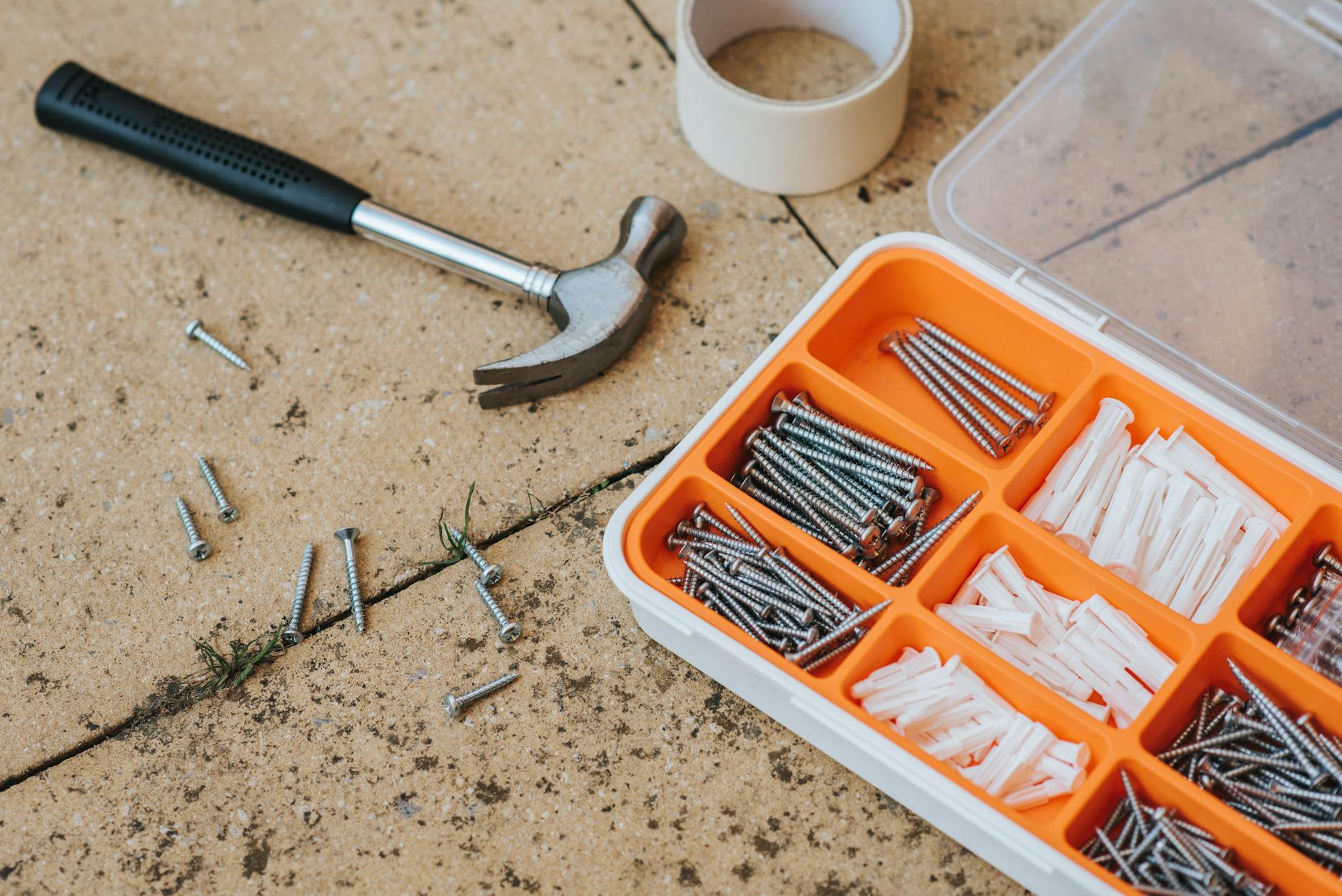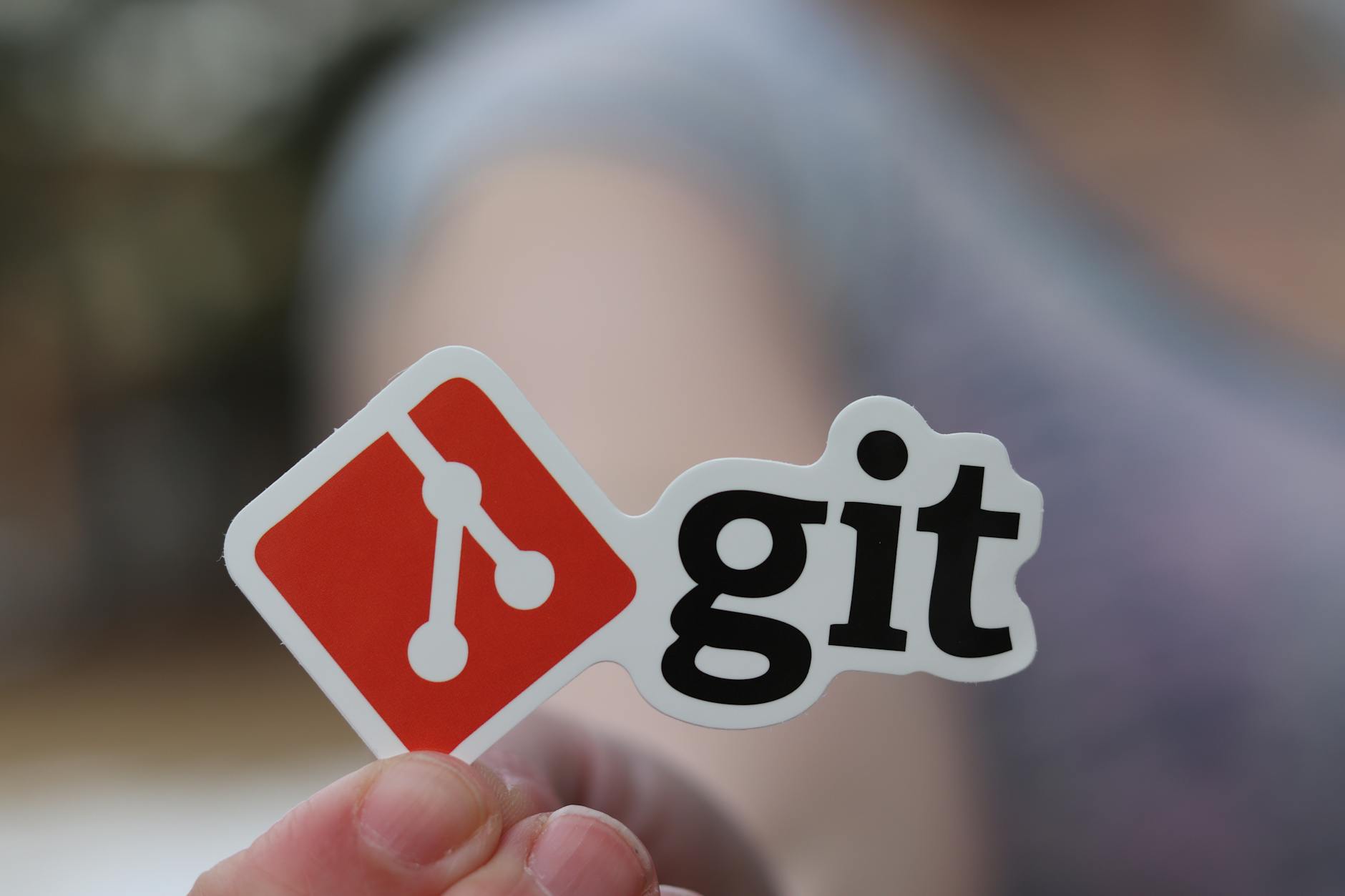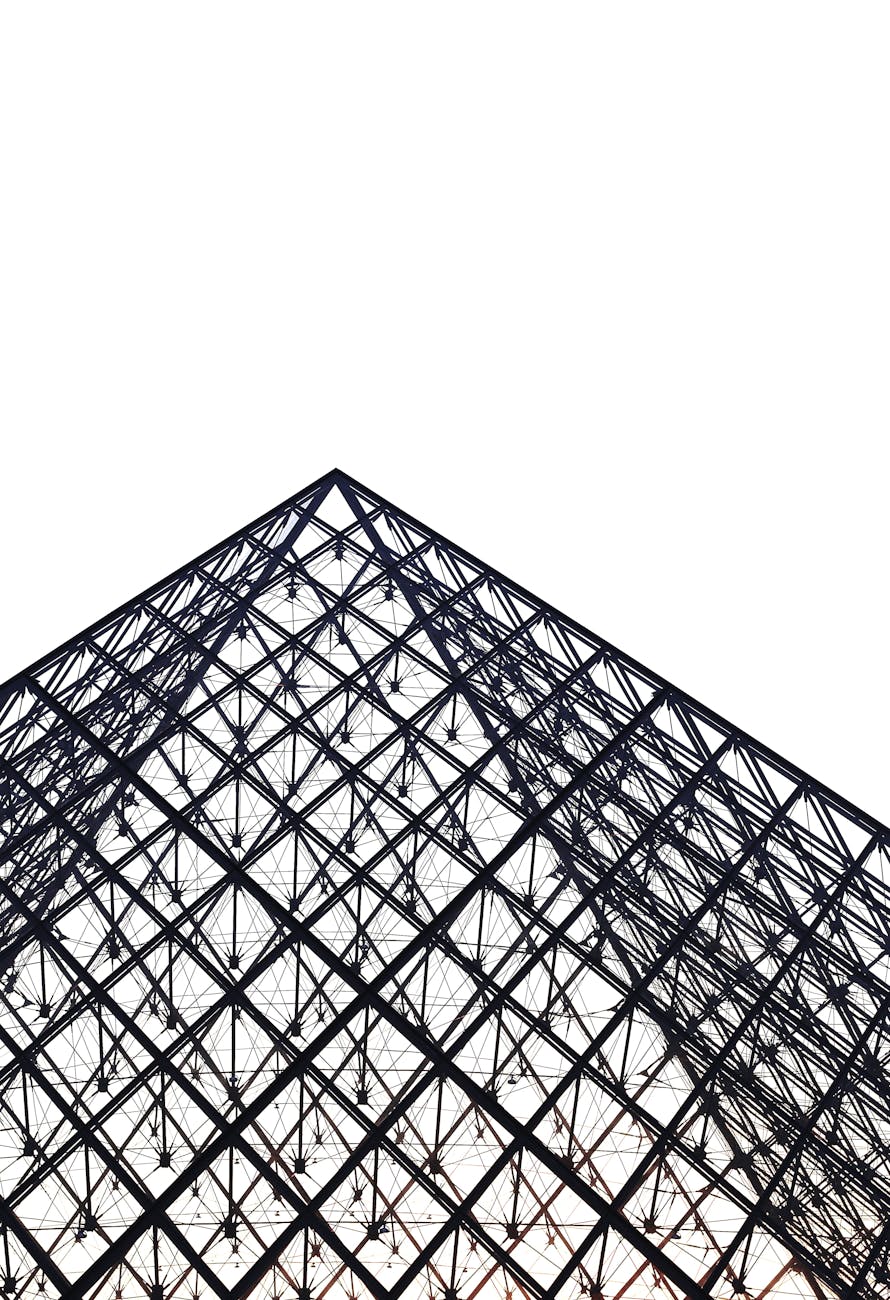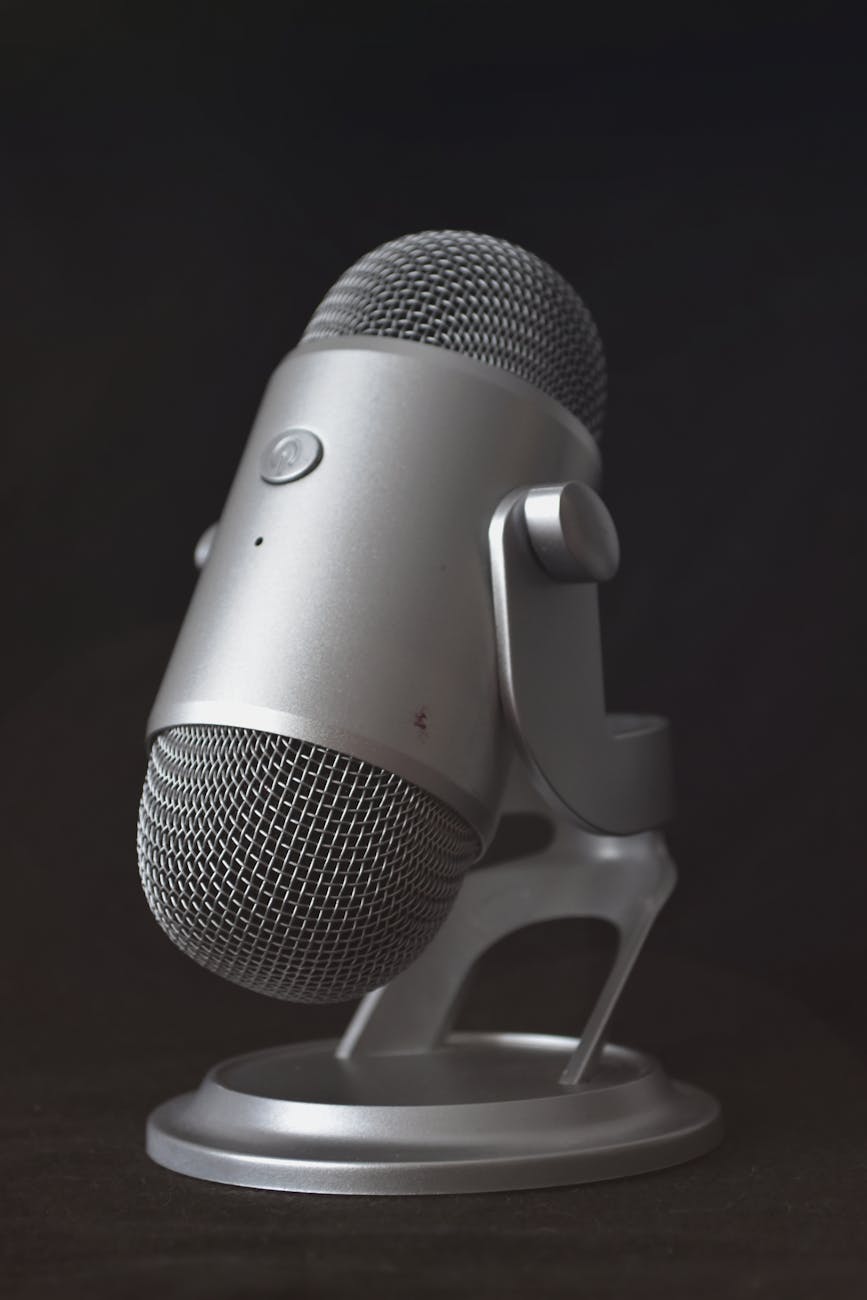OK, I’m spending the entire Memorial Day weekend writing up patents and things, so being efficient has never been more important. So as I sit here typing away, it seems like a good idea to go through how to get this all set up properly for maximum efficiency. So here are the parts:
- MacBook Pro M1. Actually, you can do this with a MacBook Air M1 which is what I would recommend for most people. You really don’t need 64GB of memory or all those cores for most work, but it is nice if you are experimenting with Pytorch or Tensorflow on M1 for example.
- LG 55″ OLED CX. I know there are lots of folks who are worried about the burn-in problem. But after two and a half solid years of using this monitor (wow has it really been that long since the Pandemic hit). It works just great. While this is a truly massive size, it works well to have no less than six 1080p virtual screens. With Rectangle, you can just throw windows everywhere. The current 2022 C2 model is supposed to be even better. And if you really want to splurge the Sony A90J OLED is looking also very good, particularly for movies. And if you really can’t fit a 55″ in, then the LG has a 48″ version, but 55″ from two feet away is just about perfect.
- Denon AVR-X3700H sound system with 5.4.1 sound. OK, this is a true luxury, but since the LG is a fantastic display, you might as well get an Atmos sound system. Then when you are done working, you can watch Apple TV natively on the LG panel and push out via HDMI the full Dolby Atmos sound. I ended up retrofitting an old Energy Take 5.1 system with a set of up-firing atmospheric speakers and it sounds pretty incredible. The Denon is a 2020 model and they don’t seem to have an update for this quite yet.
- iPad Pro 12.9″. Yes, this is another luxury, but with the Apple Pencil, it means that you can use this as another display and also as a reading and drawing tool. I have the older 2018 model, but the 2021 is really amazing with an OLED screen and the M1.
- AnnePro V2 Box White Mechanical Keyboard. I can’t believe how much faster this is for typing and editing. There are lots of choices, but from the simple $90 AnnePro V2 with Gateron Blue to the ideal AnnePro V2 with Box White or the roll-your-own Keytronic K6 with U4T Thocky, it is just faster and more easier to type.
Well, that’s the hardware, what are the software goodies that make this all work:
- First the basics, you need the latest Apple Monterey and iPadOS software right now at 12.4 and 15.5. The 15.5 is needed when paired with 12.4 otherwise Universal Control won’t work.
- Rectangle. This is a nice open-source package that adds keystroke moving of windows around. With a gigantic screen and two monitors, you don’t want to spend extra time finding windows. I find that in this setup, the monitor is big enough that you just tile windows 3 across and 2 down.
- MonitorControl. This lets you set the brightness of the LG monitor from the Mac which is very handy and means you don’t need to find the remote.
- Enabling Universal Control on the iPad. OK, this is probably the trickiest part. On the iPadOS, you go to Settings > Airplay and Handoff and turn on Cursor and Keyboard. And yes I know that this is not very obvious
- Enabling Universal Control on the Mac. This is also very buried, but go to System Preferences > Display and click on the Universal Control button and enable all of the settings which today are Allow your point and keyboard to move between any nearby Mac or Ipad, Push through the edige of a display to connect to a nearby Mac or iPad and Automatically reconnect. And yes, I’m amazed the Apple UI police allowed such helpful and description buttons 🙂
- Grammarly Desktop. As an aside, I would load up Grammarly Desktop as well, this is a great way to get a universal spell and grammar fixing across all Mac apps.
Now here’s what you have to do to get it all running:
- Make sure that Bluetooth is on the Mac and the iPad. Note that this actually works with multiple iPads and Macs, so if you have two iPads, you can do this or you can do this between a Mac Studio and your MacBook for instance.
- Plug your LG or another monitor into your MacBook. I use a Razor Thunderbolt 4 docking station but it does have occasional problems with not syncing and I have to power cycle it or just turn the LG to another station and then it works. In retrospect, I probably should have waited for the OWC or CalDigit Thunderbolt 4 hubs and I may just get one because it’s a pain.
- When you go to System Preferences > Displays and click on Add Display, you should see two levels of entries, one should say Link Keyboard and Mouse and you should see your iPad (and all other capable devices that are in Bluetooth range and on the same network) and then Extend display where you should see your monitor (and the same iPads).
- What you want to do now is Extend the display to the monitor and when you click on the television and select Use as Main Display and also High Dynamic Range so the colors look way better.
- Then for the iPad when you move your mouse towards the edge, the Mac will detect the relative position.
- You can go to System Preferences > Display and adjust the relative location of each.
How to arrange your windows:
- With so much screen real estate, it took me a while to figure out how to use it all, but what I’ve settled on is to leave Slack and the messaging stuff on the iPad. This is a nice way to have it do the work and I keep it on the left so it is not visible and I don’t get distracted.
- In this mode, all the Mac keyboard shortcuts work, so if you want to flip between applications, it is Command-Tab and the mouse works well as well. It’s very
- Now on the MacBook, I use that screen for Apple Music as I like to listen to music when in the zone. The thing to do here is to set the speakers to the LG and assuming you have a nice sound system attached to it, you will definitely rock out.
- Then in the center of the LG, actually on the lower center, I put what I’m actually working on and then in the other five, when I need to look at a document or two, I put them on the lower part of the screen. This leaves the upper parts for zoom calls. I find that with such a big screen, you can put the main speaker at the upper center and then have a gallery view of everyone to the left. The gallery view is very useful to see how people are reacting in your company. It’s nice to be able to look at each person and see the subtle non-verbal queues people give. A scowl or a nod is worth a thousand words.
Protecting the OLED screen from burn-in:
- Make sure to set the screen to realistic colors by taking the TV remote and clicking on Settings in the menubar and then down to HDR Picture Mode and set it to Technicolor Expert (this mode has changed in the later version, but look for accurate colors).
- One issue is that OLED screens will burn it, but I’ve found two simple tricks prevent this. The first is to set the screen to automatically turn off. So go to Settings > All Settings > Picture > Additional Settings and make sure HDMI Ultra HD Deep Color and Instant Game Response are turned on so you get HDR and no lag.
- Then go to OLED Panel Settings and make sure SCreen Shift is turned off, this actually moves the image around, but on a computer display, you lose things like the menu bar.
- Then turn Logo Luminance Adjustment to Low. This has the annoying effect that if nothing changes, it dims the screen, but it’s good protection against those times when you forget and leave the display on.
- Then in your Mac, you want to change in System Preferences > Battery > Power Adapter and set it to turn the display off after 15 minutes. This makes sure you don’t leave the thing off for a day with the display running.






